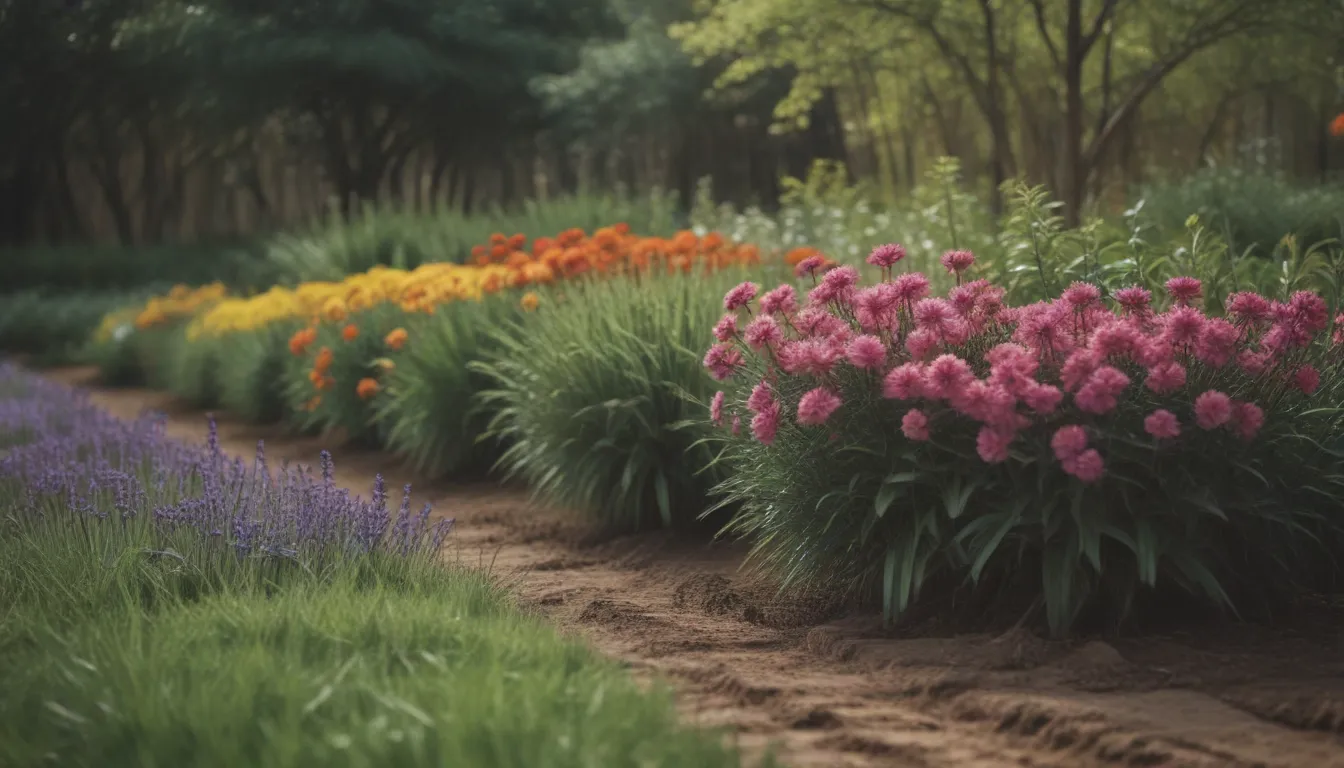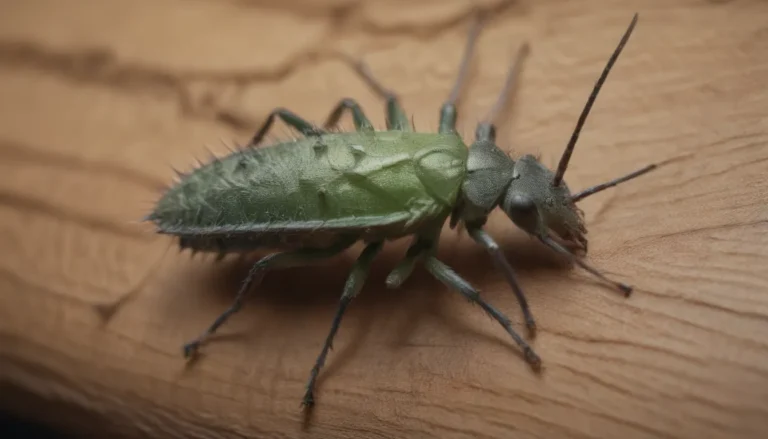16 Essential Spring Gardening Tasks to Prepare Your Garden for a Bountiful Season

Are you ready to dive into the world of spring gardening? As the days start to lengthen and the temperatures begin to rise, it’s time to start thinking about getting your garden ready for the upcoming growing season. Whether you’re a seasoned gardener or a newbie, there are plenty of tasks you can start tackling right now to ensure your garden thrives in the months ahead.
Here are 16 essential spring gardening tasks to help you kickstart your garden and set yourself up for success:
1. Review Your Garden Photos for Inspiration and Improvement
Chances are, you’ve taken plenty of gardening photos over the years—some to showcase your successes and others to learn from your failures. Now is the perfect time to go through your photo collection and reflect on what worked well in your garden and what didn’t. Take notes on which plants thrived and which ones struggled, so you can make informed decisions about what to plant this year.
2. Prune Trees and Shrubs for Healthy Growth
Early spring is the ideal time to prune most trees and shrubs while they are still in their winter dormancy. However, be sure to avoid pruning any shrubs that bloom on old wood, such as azaleas and lilacs, until after they have flowered. Proper pruning will help promote healthy growth and abundant blooms in the coming season.
3. Check for Frost Heave and Replant Perennials
Extreme temperature fluctuations during winter can cause frost heave, where plants are pushed out of the ground. Check your garden for any frost-heaved plants and gently replant them to ensure their roots are properly covered. This will help protect them from further damage and encourage healthy growth.
4. Clean Up Flower Beds Without Disturbing Wildlife
While vegetable gardens should be thoroughly cleaned in the fall, it’s best to wait until daytime temperatures are consistently above 50°F to clean up flower and perennial beds. Many beneficial insects overwinter in dead leaves and stalks, so it’s important not to disturb them. Carefully remove debris, being mindful of emerging spring bulbs and other perennials.
5. Trim Perennials for a Fresh Start
Remove any dead or tattered leaves from your perennials to encourage new growth. Leave about 15 to 20 inches of stems intact, as solitary native bee species lay their eggs in the pithy centers of the stems. By preserving these stems, you can support local pollinators and enjoy a vibrant garden.
6. Conduct a Soil Test for Optimal Plant Health
Regularly testing your garden soil is essential for maintaining healthy and productive plants. Soil test kits are readily available and can provide valuable information about your soil’s fertility and pH levels. Use these results to determine the necessary amendments for your specific garden needs.
7. Amend Your Soil for Nutrient-Rich Growth
Even the best soil can benefit from regular amending with organic matter to ensure continued health and productivity. Adding compost, aged manure, or other organic materials can replenish nutrients depleted by growing vegetables and help maintain a balanced soil ecosystem. Consider amending your soil in late winter or early spring to prepare for the upcoming growing season.
8. Divide Overcrowded Perennials for Improved Performance
Late winter is the perfect time to divide overcrowded perennials to rejuvenate them and promote healthy growth. Carefully dig up the root clumps, divide them into smaller sections, and replant them in suitable locations. This process will help prevent overcrowding and ensure each plant has ample space to thrive.
9. Plan Your Vegetable Garden for Maximum Yield
Whether you prefer to map out your garden on paper or use an online planner, creating a detailed garden plan is key to maximizing your yields. Keep records of your garden layout and crop rotation to ensure optimal plant health. Avoid planting members of the same plant family in the same spot year after year to reduce the risk of soil-borne diseases.
10. Procure Seeds Early for a Successful Growing Season
As gardening continues to grow in popularity, it’s important to secure your seeds early to ensure you have access to your desired varieties. Consider purchasing seeds or exploring options for acquiring seeds for free. Early seed procurement is vital for starting seeds indoors and meeting the needs of plants that require specific germination conditions.
11. Stock Up on Garden Supplies for Seamless Gardening
Create a list of essential supplies and disposables you’ll need throughout the gardening season, such as fertilizers, pesticides, gloves, and more. Consider stocking up on hard-to-find items in advance to avoid last-minute shopping trips during the peak gardening season. Having a fully stocked supply ensures you can tackle tasks efficiently and effectively.
12. Protect Your Fruit Trees with Proper Pest Control
Regardless of your gardening approach, it’s essential to practice pest and disease control to protect your fruit trees. Consider spraying them with a combination of dormant horticultural oil and liquid copper fungicide to prevent pests and diseases from overwintering. Follow product instructions carefully and apply treatments while trees are still dormant for optimal protection.
13. Begin Weeding Early to Maintain a Healthy Garden
Start weeding your garden as soon as the ground is workable to prevent weed growth before it becomes a problem. Focus on removing perennial weeds like lesser celandine, which can quickly spread and smother other plants. By addressing weeds early, you can maintain a healthy garden ecosystem and reduce competition for nutrients.
14. Adjust Mulch Levels for Emerging Plants
As the weather warms up, remove any thick layers of mulch that may be insulating herbaceous perennials. Leave a thin layer of mulch to protect emerging plants and allow for healthy growth. Mulch around the base of trees and shrubs can remain in place, as it won’t hinder new growth in the spring.
15. Prepare Your Garden Tools for the Season
Take a rainy day to clean, sanitize, and sharpen your garden tools to ensure they are ready for use. Regular maintenance and care of your tools can extend their lifespan and make gardening tasks more efficient. Inspect each tool for rust or damage, and replace any worn or broken parts to keep them in top condition.
16. Empty and Refresh Planters and Containers for New Plantings
Before starting new plantings, empty last year’s pots and containers and sanitize them to prevent the spread of pests and diseases. Consider refreshing the potting soil or adding it to flower beds or your compost bin to promote healthy plant growth. Using fresh potting soil can prevent potential issues and provide a nutrient-rich environment for your new plants.
By tackling these 16 essential spring gardening tasks, you’ll be well on your way to a successful growing season. Remember to take your time, enjoy the process, and stay patient as your garden transforms into a vibrant oasis of color and life. Happy gardening!





